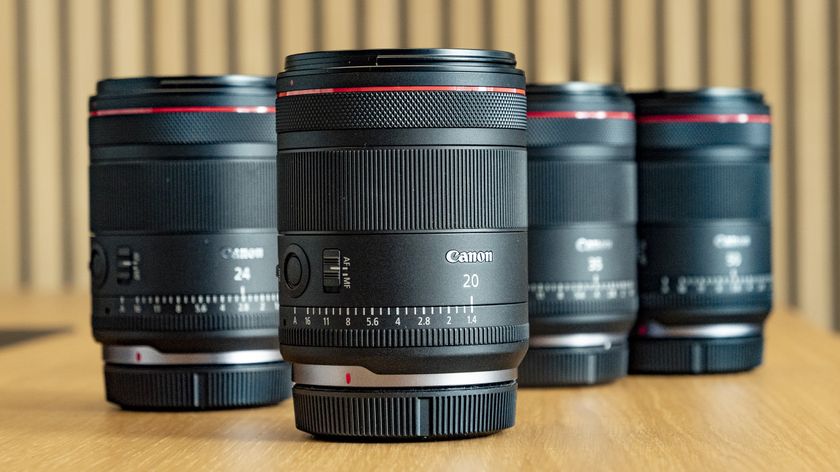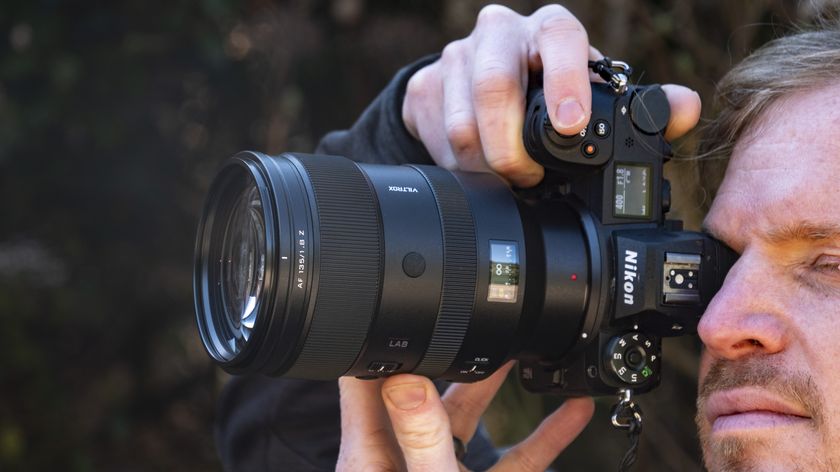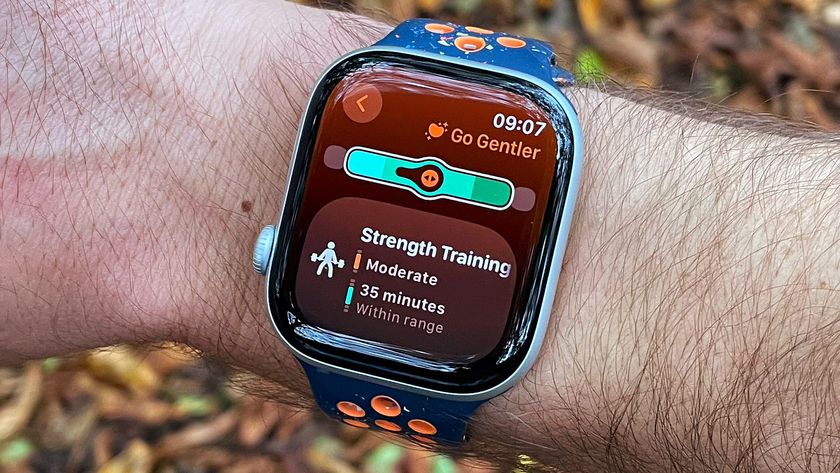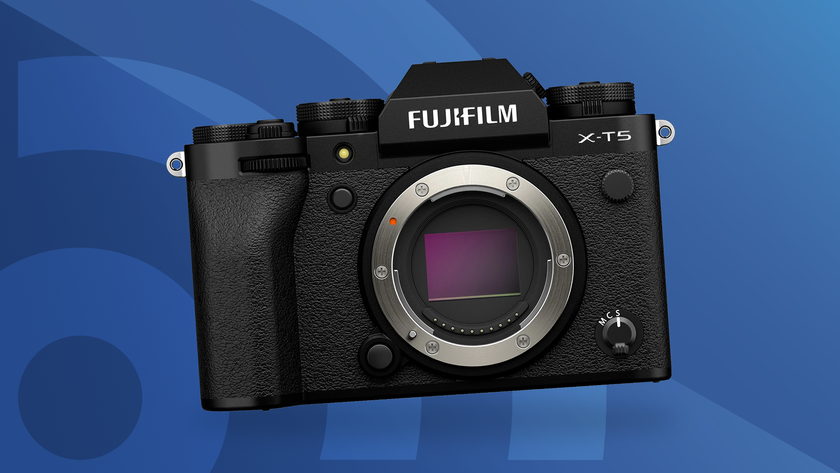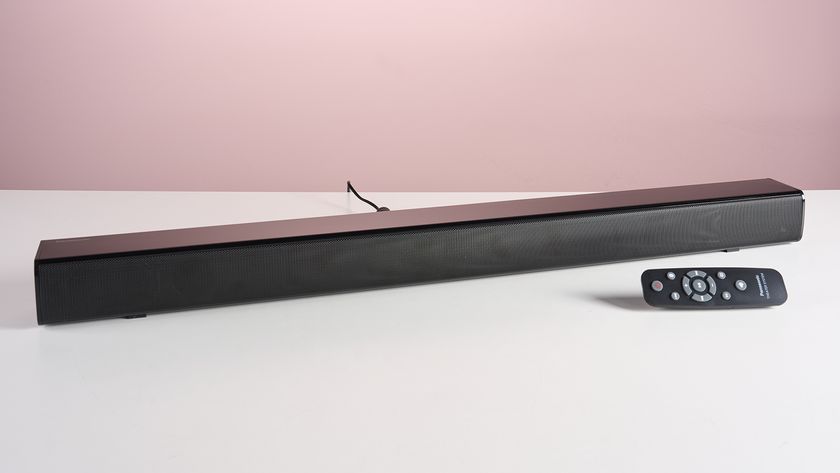Best telephoto lens: top lenses for Canon and Nikon DSLRs
Our top telephoto zooms lens pics for Canon or Nikon DSLRs
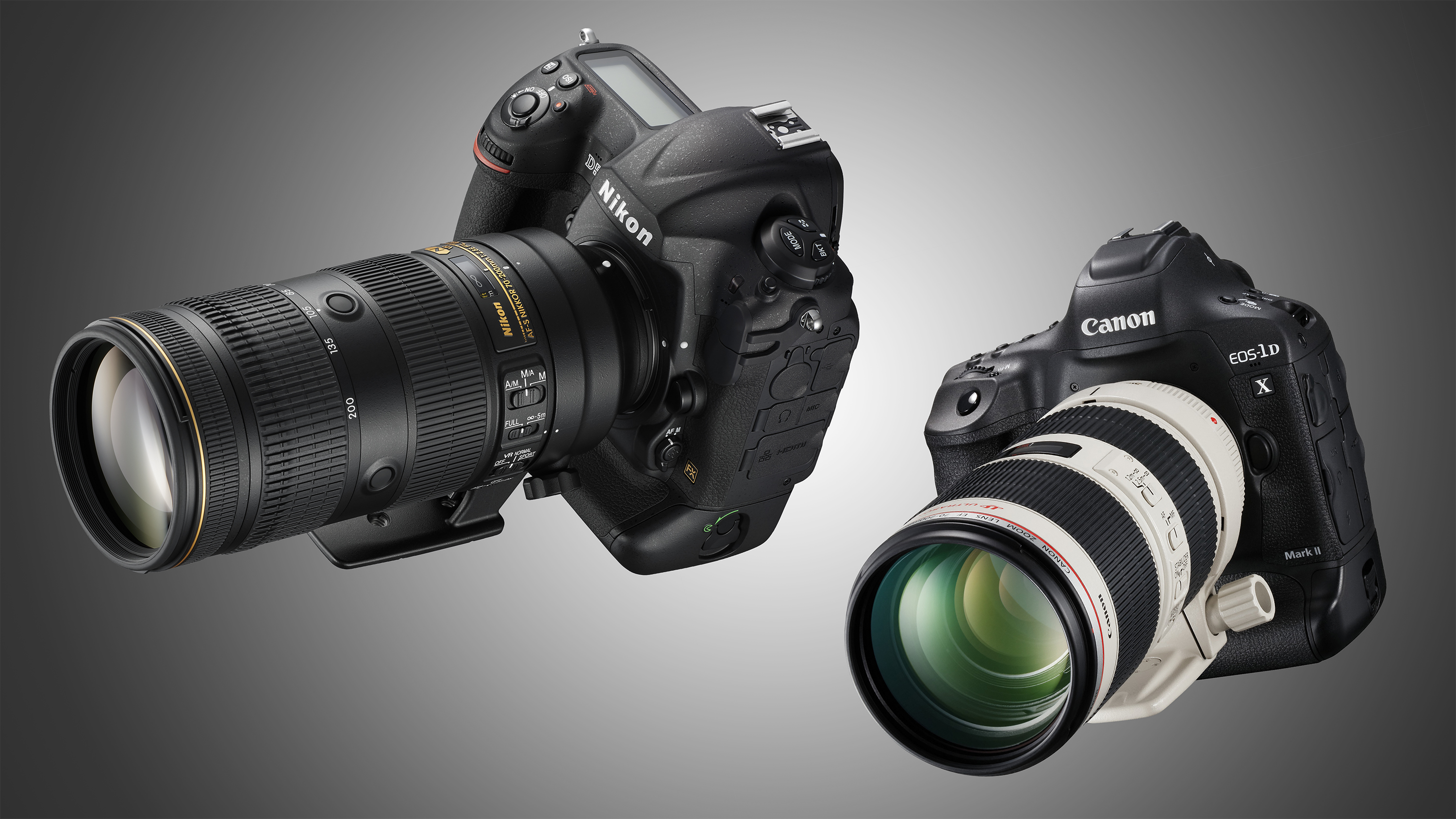
There’s something seductive about 70-200mm f/2.8 lenses. The combination of telephoto zoom range and ‘fast’ aperture makes them ideal for action sports and wildlife shooting, where you need to retain fast shutter speeds even under dull lighting conditions. They’re equally adept at portraiture, enabling a really tight depth of field for isolating the main subject against a creamy, blurred background.
While a 70-200mm f/2.8 lens is generally the go-to tele zoom for most professional photographers, they’re not ideal for everybody. For one thing, they’re relatively heavy, weighing in at around 1.5kg. You can certainly feel the strain in prolonged periods of handheld shooting. If an f/2.8 aperture rating isn’t on your ‘must-have’ list of features, a 70-200mm f/4 lens might suit you better. Physically, they’re still as long as their f/2.8 siblings, but with a smaller diameter. This results in a more lightweight build, and a more affordable price tag, mainly because the relatively small-diameter optical elements are cheaper to manufacture. And while 70-200mm f/2.8 and f/4 ‘constant-aperture’ lenses might look quite long, at least their physical length as well as their aperture remains fixed throughout the entire zoom range.
Budget telephoto zoom lenses
While 70-200mm f/4 lenses are generally less expensive than their f/2.8 counterparts, they can still be too pricey for many of us, and the outright telephoto reach isn’t exactly generous. A more popular class of ‘budget telephoto zoom’ is the 70-300mm lens, with a variable aperture that typically shrinks from around f/4 to f/5.6 as you extend through the zoom range. These lenses have been highly popular since 35mm film photography days, and most current examples offer a good range of features.
Fast and accurate autofocus systems are also an important design element for many of us
One of the most desirable features in any telephoto zoom, and especially one with a relatively ‘slow’ aperture rating, is image stabilization. Stabilized lenses are billed as Canon IS (Image Stabilizer), Nikon VR (Vibration Reduction), Sigma OS (Optical Stabilizer) and Tamron VC (Vibration Compensation). In all cases, they make a massive difference to handheld telephoto shooting, enabling much more consistency in getting sharp results without the need to use really fast shutter speeds. Stabilization is particularly important for telephoto shooting with Canon and Nikon DSLRs which lack in-camera, sensor-shift stabilization.
Fast and accurate autofocus systems are also an important design element for many of us, given the suitability of this type of lens for sport and wildlife photography. Most tele zooms for Canon and Nikon cameras have ring-type ultrasonic autofocus systems, which are typically fast, very quiet and enable manual override without the need to switch to MF (Manual Focus). Some go further still, enabling you to set AF priority to auto or manual focus. With the latter, you don’t need to wait for autofocus to lock onto a subject before applying manual override, and you can also override autofocus in Continuous or AI Servo mode.
As with other categories of lens, some of the latest tele zooms feature autofocus systems based on ‘pulse’ stepping motors, instead of basic electric or ultrasonic motors. In some of the latest lenses, stepping motors are even preferred to ring-type ultrasonic systems. Autofocus speed can be just as fast as with ring-type ultrasonic systems and virtually silent in operation, as well as enabling smooth focus transitions when shooting movies.
Compatibility
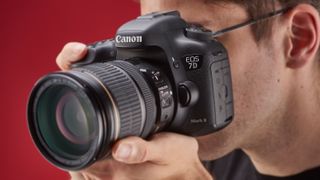
One final thing to look out for is whether the lens is designed exclusively for APS-C format cameras, or is full-frame compatible. When buying a wide-angle or standard zoom lenses, you really need the right tool for the job. Fitting a full-frame compatible lens to an APS-C body will restrict your maximum viewing angle. For telephoto lenses, the only real advantage of matching an APS-C format lens to a crop-sensor body is that you’re likely to save a little size, weight and cost. However, you’re generally better off buying a full-frame telephoto zoom even for an APS-C camera, as it will remain compatible should you upgrade to a full-frame body in the future.
Regardless of whether you buy an APS-C format or full-frame compatible lens, you’ll enjoy the same benefit of extended telephoto reach when shooting with an APS-C body. The ‘effective’ zoom can stretch into super-telephoto territory. For example, shoot with a 70-300mm lens on an APS-C format camera and your effective zoom range will be 105-450mm for Nikon and 112-480mm for Canon, due to their 1.5x and 1.6x crop factors, respectively.

Get daily insight, inspiration and deals in your inbox
Sign up for breaking news, reviews, opinion, top tech deals, and more.
